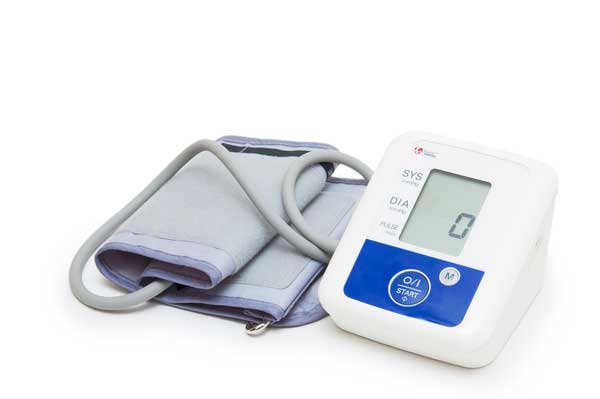Heart failure is a complex condition that occurs when the heart is unable to pump enough blood to meet the body’s demands. There are two main types of heart failure: systolic and diastolic. In this article, we will go over the key differences between these two types of heart failure including underlying causes, pathophysiology, symptoms, and treatment options. Understanding the distinctions can help healthcare providers better care for patients.

Systolic Heart Failure Overview
Systolic heart failure occurs when the left ventricle loses its ability to contract normally. This results in the heart not being able to eject enough oxygen-rich blood to the body.
The key characteristics of systolic heart failure include:
- Reduced ejection fraction (EF < 40%)
- Thinned, dilated left ventricle
- Decreased cardiac output
The leading cause is coronary artery disease which can damage heart muscle through reduced blood flow. Other common causes include dilated cardiomyopathy, valve regurgitation or stenosis, and certain heart arrhythmias.
Diastolic Heart Failure Overview
In contrast, diastolic heart failure develops when the left ventricle has trouble relaxing and filling with blood properly. The contraction itself may still be relatively normal.
Hallmarks of diastolic failure are:
- Near normal ejection fraction
- Thickened left ventricular walls
- Smaller ventricular cavity size
The myocardium can become stiff due to conditions like long-term high blood pressure and aortic valve stenosis. This impairs the heart’s ability to accept blood leading to the reduced cardiac output.

Underlying Causes
While systolic and diastolic heart failure result in the same outcome of inadequate blood circulation, the specific contributors are quite different as outlined below:
Systolic Causes
- Coronary artery disease
- Dilated cardiomyopathy
- Mitral or tricuspid regurgitation
- Aortic or pulmonic stenosis
- Certain arrhythmias
Diastolic Causes
- Long-term hypertension
- Aortic valve stenosis
- Restrictive cardiomyopathy
- Hypertrophic cardiomyopathy
- Age-related changes
Pathophysiology
The pathophysiology behind systolic vs. diastolic heart failure sheds further light on the divergence between the two.
In systolic heart failure, there is often extensive death of cardiac muscle cells due to ischemia or overwork. This loss of myocardium directly impairs the heart’s pumping strength.
To compensate, the ventricles first stretch to accept more blood (increased preload) hoping for a better contraction. But with extensive muscle loss, these chambers instead dilate and the walls thin over time.
In diastolic heart failure, a different process occurs. The cardiac muscle cells thicken and enlarge instead of dying off. This muscle hypertrophy is meant to allow stronger contractions against high resistance (e.g, from hypertension).
But as more space becomes taken up by muscle, less space is available in the left ventricle cavity for blood to enter. So in this case, early relaxation and passive filling become impaired.
Symptoms and Diagnosis

Patients with either systolic or diastolic heart failure often experience the same common symptoms:
- Fatigue
- Shortness of breath
- Swelling in legs or abdomen
- Reduced ability to exercise
Distinguishing between the two relies on cardiac imaging tests and biomarkers. Echocardiography can accurately measure the thickness of heart walls and chamber size to calculate ejection fraction. An EF < 40% indicates systolic failure.
Blood tests help by showing elevated BNP in cases of heart failure. Cardiac catheterization can also directly measure diastolic function.
Treatment Approach
Medications form the foundation for treating both types of heart failure and managing symptoms. Diuretics reduce fluid buildup while ACE inhibitors lower blood pressure.
However, lifestyle changes and devices may target specifics of each:
- Systolic – ICDs improve unsafe heart rhythms while CRT helps coordinate contractions.
- Diastolic – Strict blood pressure control is key. Weight loss helps ventricular filling.
In severe cases, mechanical heart pumps or even transplants could be considered when medication no longer suffices.
Conclusion
In closing, knowing whether a patient has systolic or diastolic heart failure helps guide overall diagnosis, monitoring, and personalized care. Their similarities lie in reduced cardiac output while differences include ejection fraction, causes, structural changes, and ideal management. Being well-versed in these two types of heart failure equips healthcare teams to choose optimal treatment regimens.
